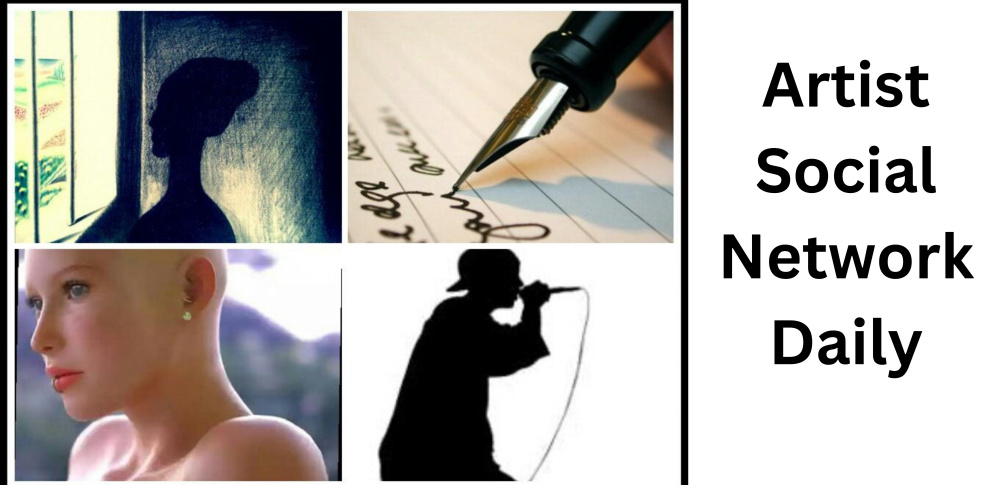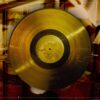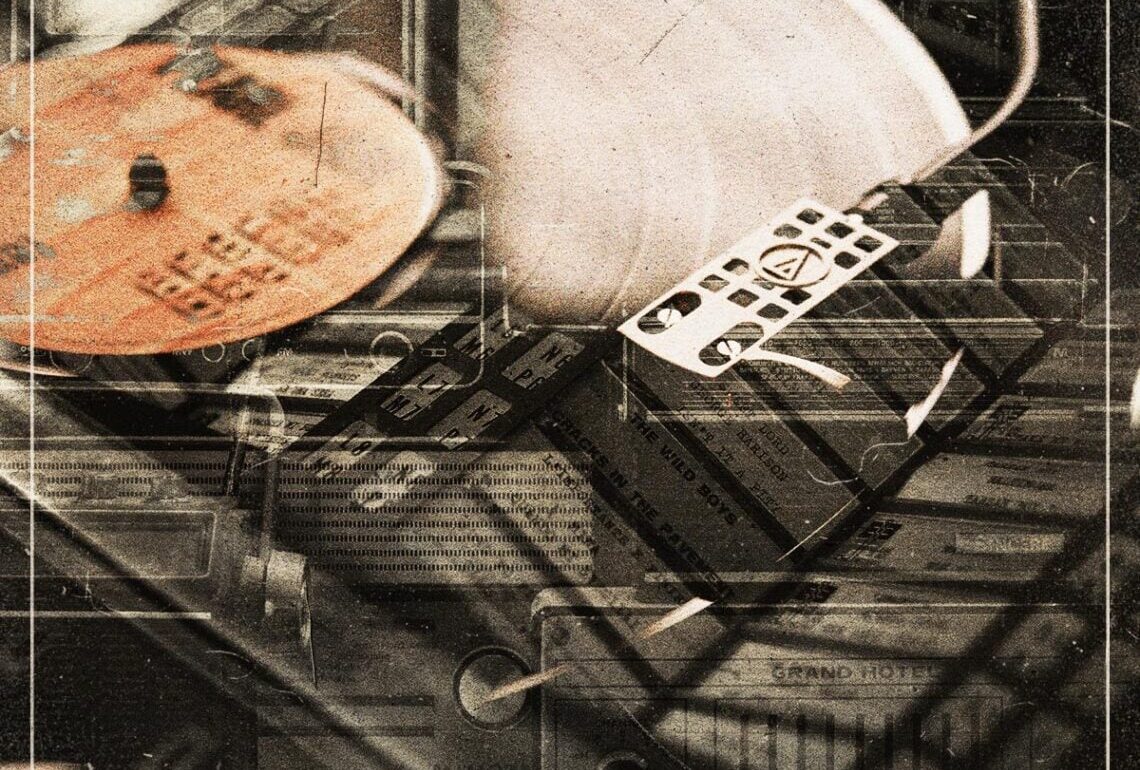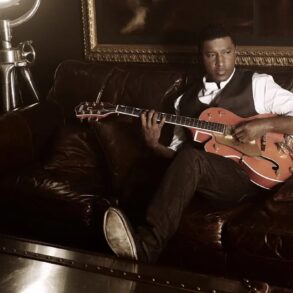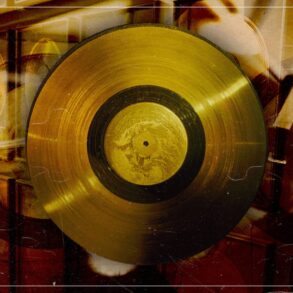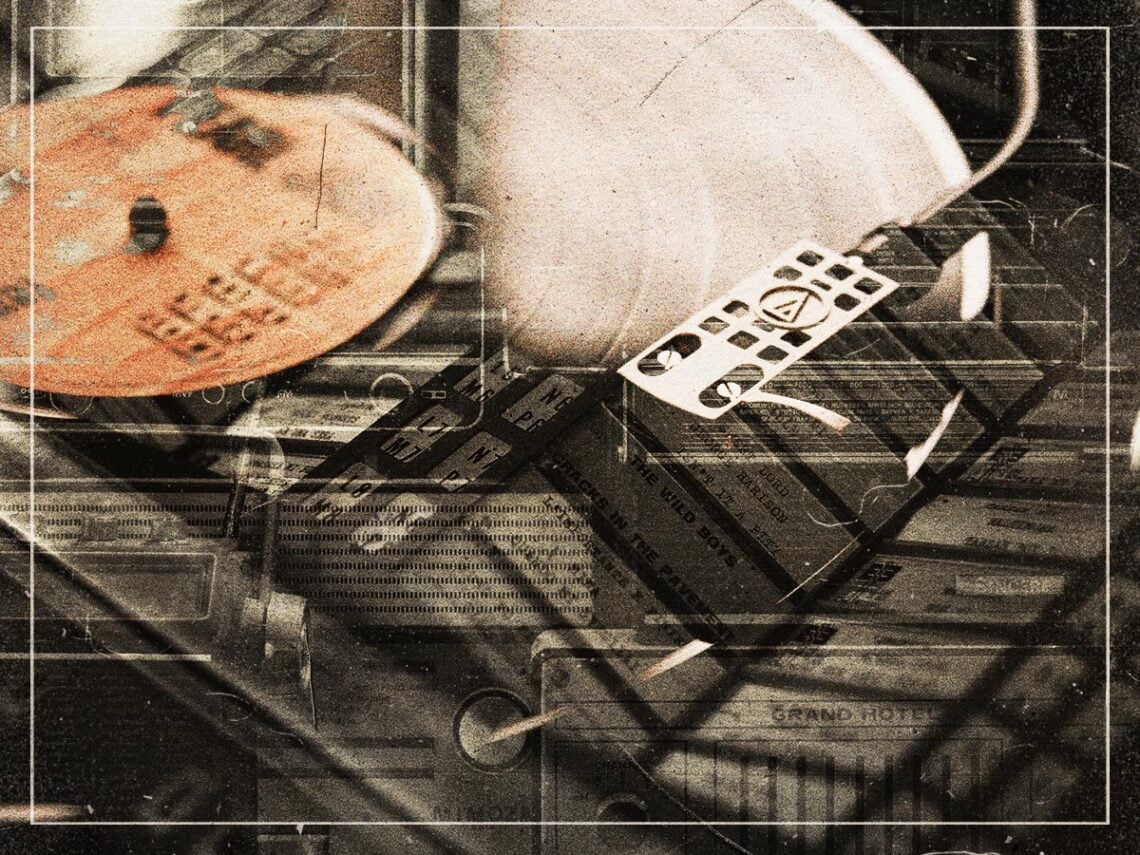
(Credits: Far Out / Maksym Pozniak-Haraburda)
If we were to stage a battle royale of music decades, who would come out on top as the greatest? It’s the topic at the heart of all generational discussions, with dad-rockers around the globe heralding the 1960s as the home of free-spirited creativity in the face of their child who just discovered Oasis and 1990s “Cool Britannia”.
Before the millennium, each decade had a distinct identity. The ’60s were psychedelic, sun-kissed, but largely mono in their recording, shackling the bursting colours of innovation in what felt like an antiquated package at times. Come the 1970s, the foundations laid by The Beatles had exploded into something multifaceted altogether. Genres and subcultures were burgeoning at will, bringing a more diverse soundscape of music with them.
By the 1980s, an appetite for the future had become insatiable, and musicians were gobbling up every synthesised chord they could find to help thrust their soundscapes into a brave new world. Meanwhile, the ’90s brought all of those previous chapters together to create a shared landscape of mainstream alternative music.
Within the tapestry that weaves those decades together sit The Beatles. While critics may roll their eyes and claim their influence on the modern world of music is overegged, the truth is they laid the foundations for what we now consider to be contemporary music. Prolific melody writers and studio pioneers, they cracked open doors of subgenres for artists in the following decades to pursue.
Don’t believe me? Well, take Ozzy Osbourne’s word for it. The prince of darkness and trailblazer for a brand of heavy rock that bled into the following decades once described their music as “like going to bed in a black and white world and waking up, and it’s turned colour.”
He added, “That’s exactly what it felt like…don’t forget, we’d come out of World War 2, and the whole thing, we had strict rules to live by, and they broke the fucking doors down for so many people, and they gave freedom to the world.”
Over the course of the 1960s, the Fab Four released 213 songs and 12 albums, making them not only revolutionary but also prolific. So when it came to setting commercial records in that decade, they blew everyone out of the water with a whopping 376 million record sales. But the crown of best-selling solo artist eludes them on a technicality, so who takes that crown?
Well, rather fittingly, it’s the man universally referred to as ‘The King’, Elvis Presley. While his rise to prominence came in the decade before, the unwavering appetite for his artistry and charisma bled into the 1960s, earning him a total of 131 million record sales. He only produced a total of 6 studio albums in that decade, but the plan of his manager, Colonel Tom Parker, to pivot Elvis into a film star, whereby his soundtracks could run parallel to his on-screen career, seemed to work.
What was the biggest-selling single of the decade?
Rather unsurprisingly, The Beatles take home that trophy as well. But with a wealth of songs to choose from and several varying eras to traverse, it’s interesting to know that their early hit ‘She Loves You’ is the song in question. An inoffensive pop hit from their mop-top days, it was a song that could safely be placed on the turntable with all the family present, and thus was snatched from shelves with relative haste, selling 1.89 million copies.
It was only the band’s fourth single, but it set out a path for global success that they could never turn back from. But for the band’s primary songwriters, Paul McCartney and John Lennon, it was a lightbulb moment for their own creativity. It opened a door into third-person narratives that, while rudimentary on this opening track, would transform into something innovative in later years.
Discussing the song, McCartney said, “It was again a she, you, me, I, personal preposition song. I suppose the most interesting thing about it was that it was a message song, it was someone bringing a message.”
Adding: “It wasn’t us anymore, it was moving off the ‘I love you, girl’ or ‘Love me do’, it was a third person, which was a shift away. ‘I saw her, and she said to me, to tell you, that she loves you, so there’s a little distance we managed to put in it which was quite interesting.”
Related Topics
Subscribe To The Far Out Newsletter
This post was originally published on this site be sure to check out more of their content
